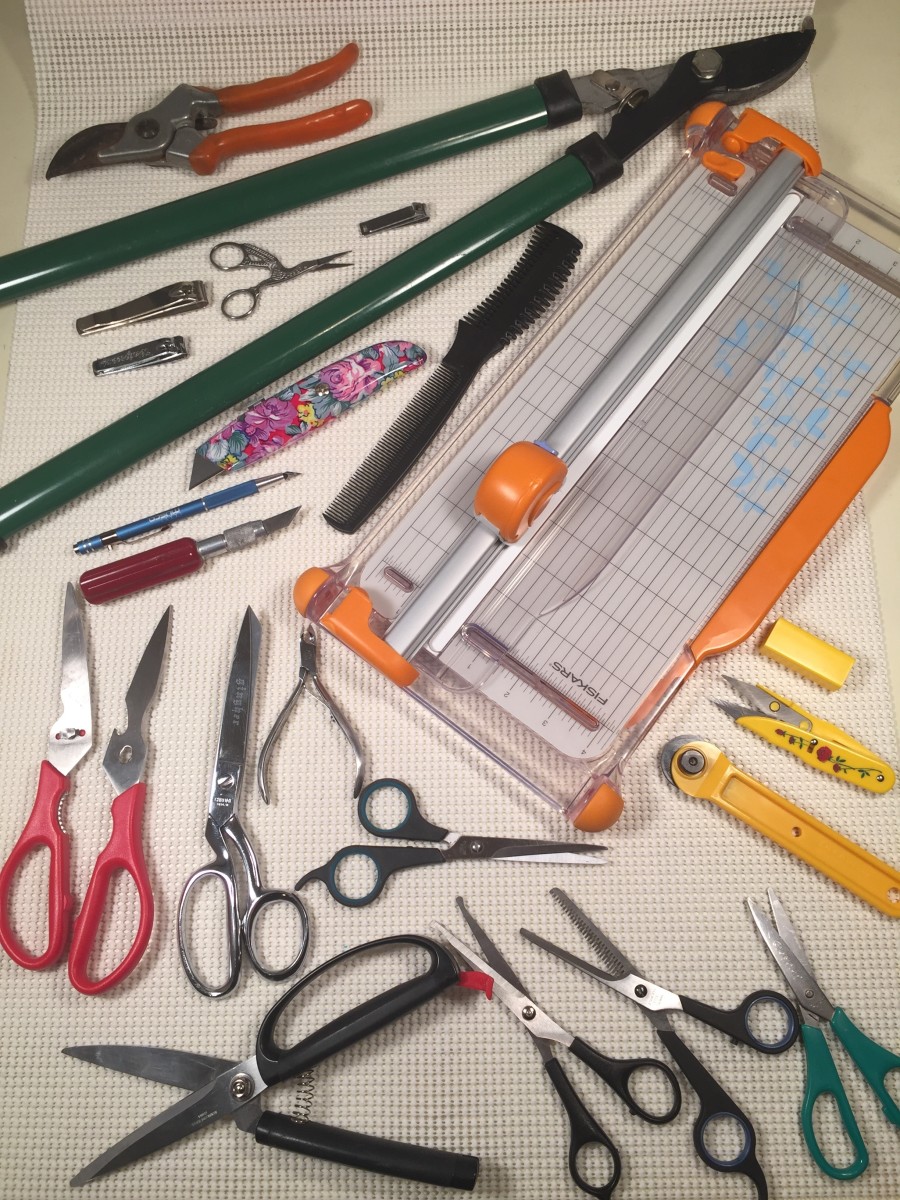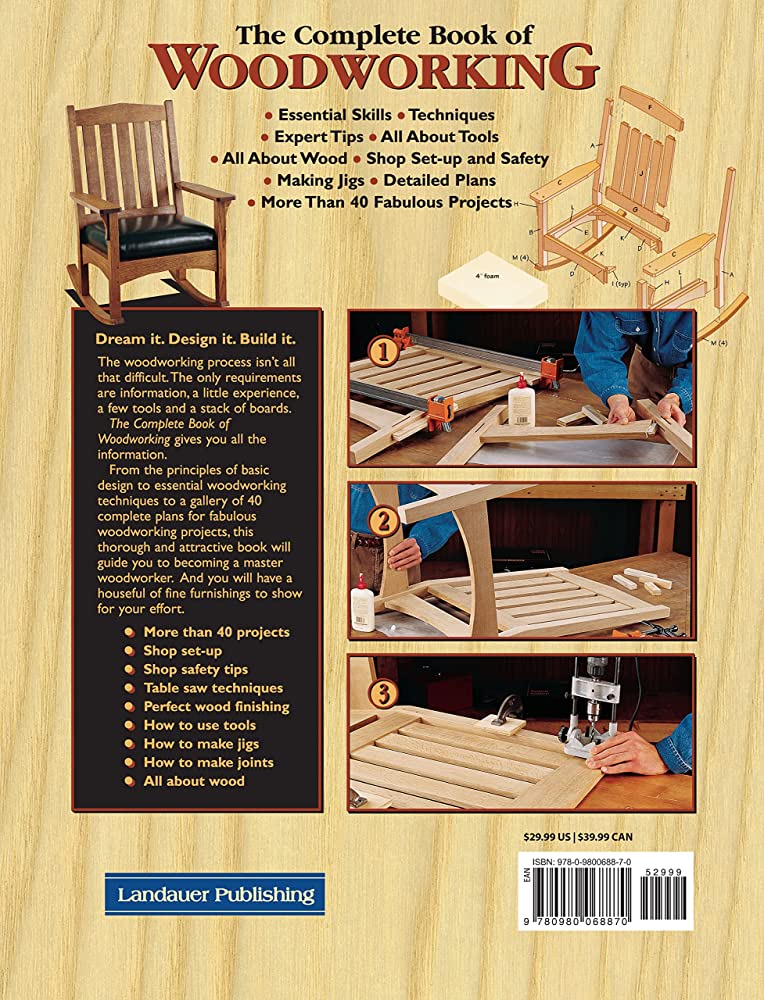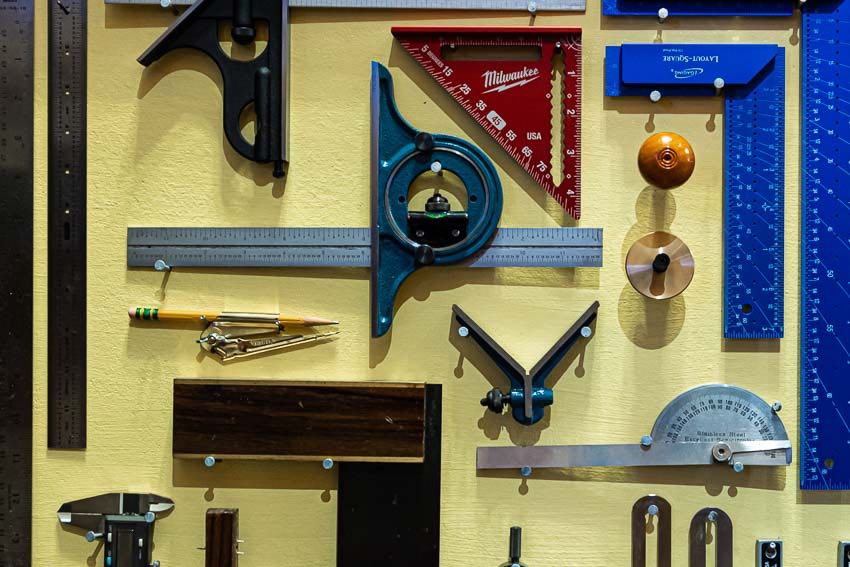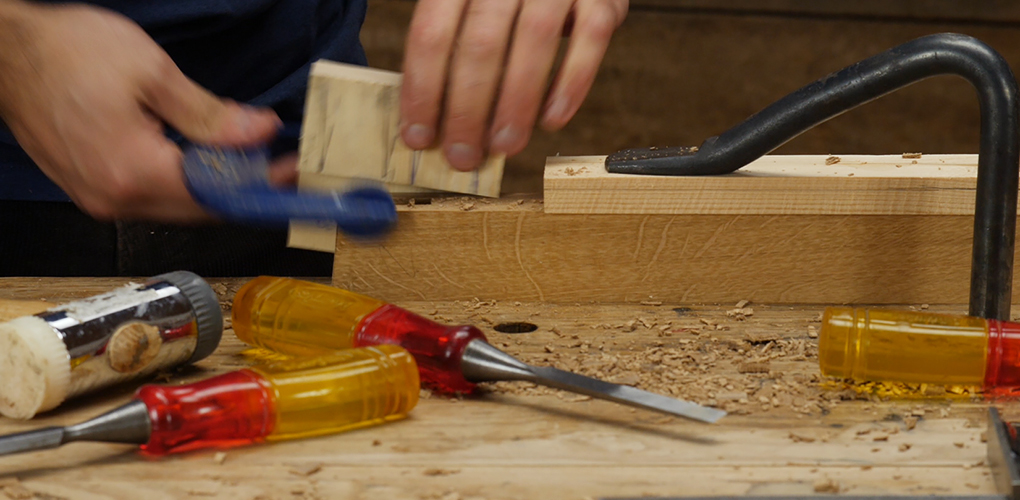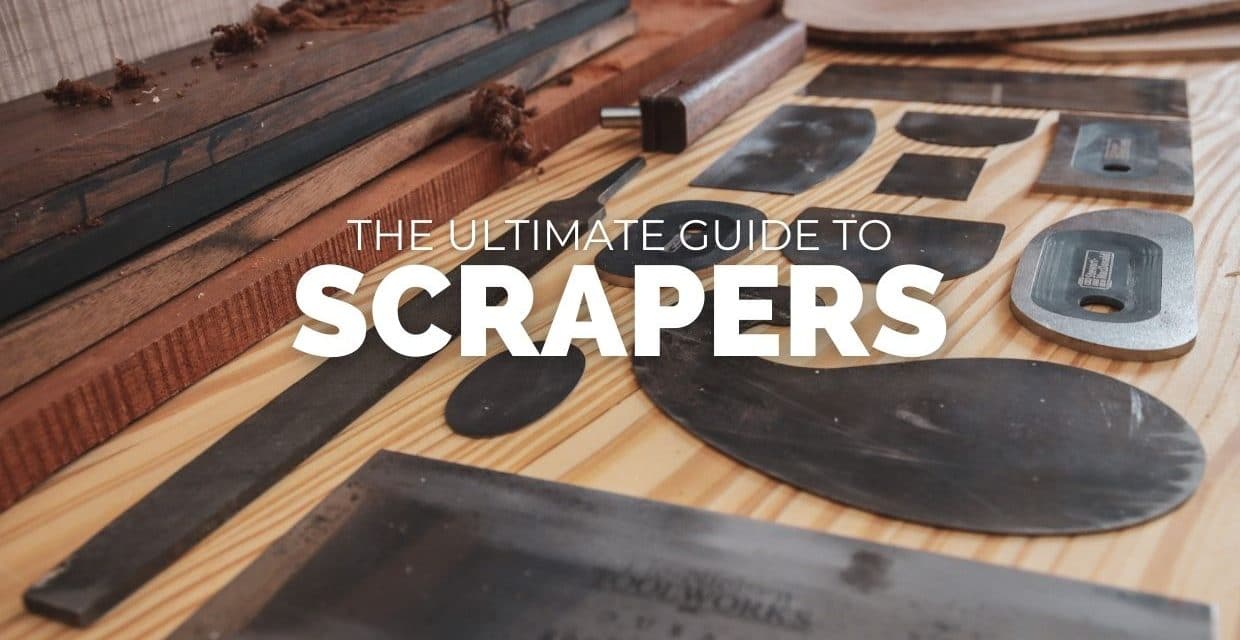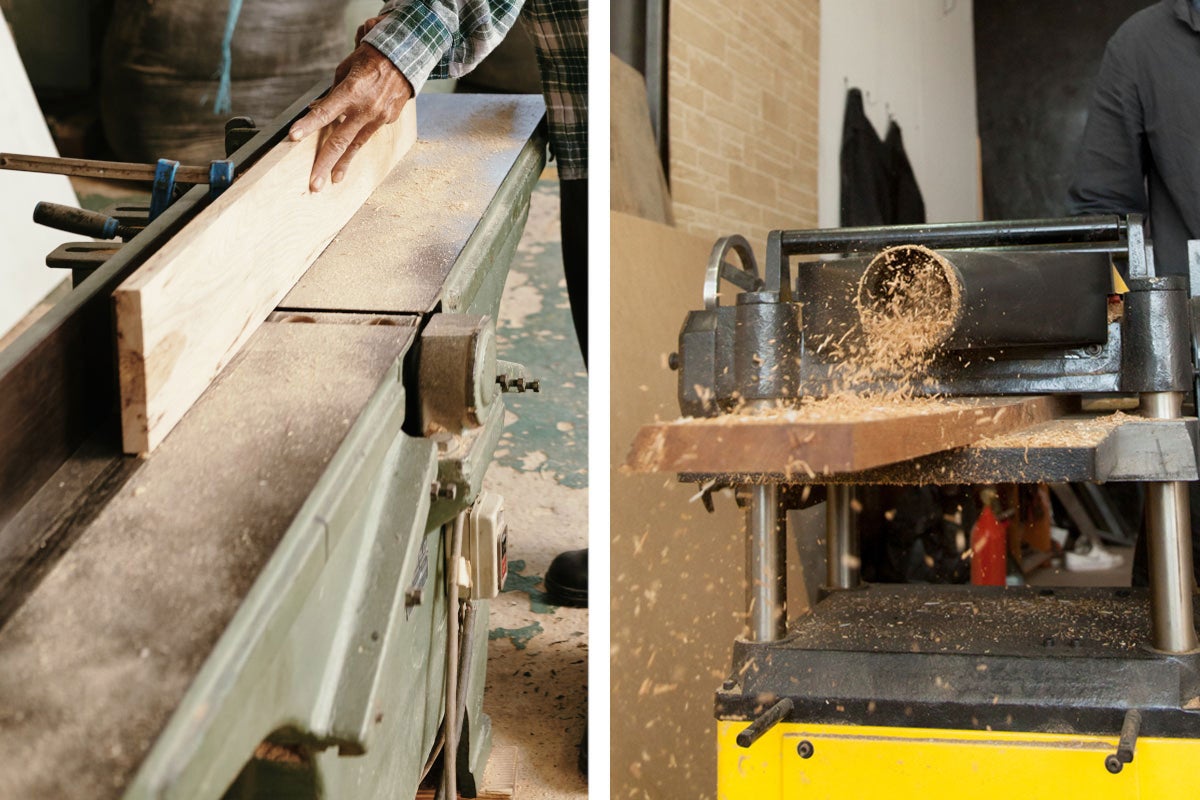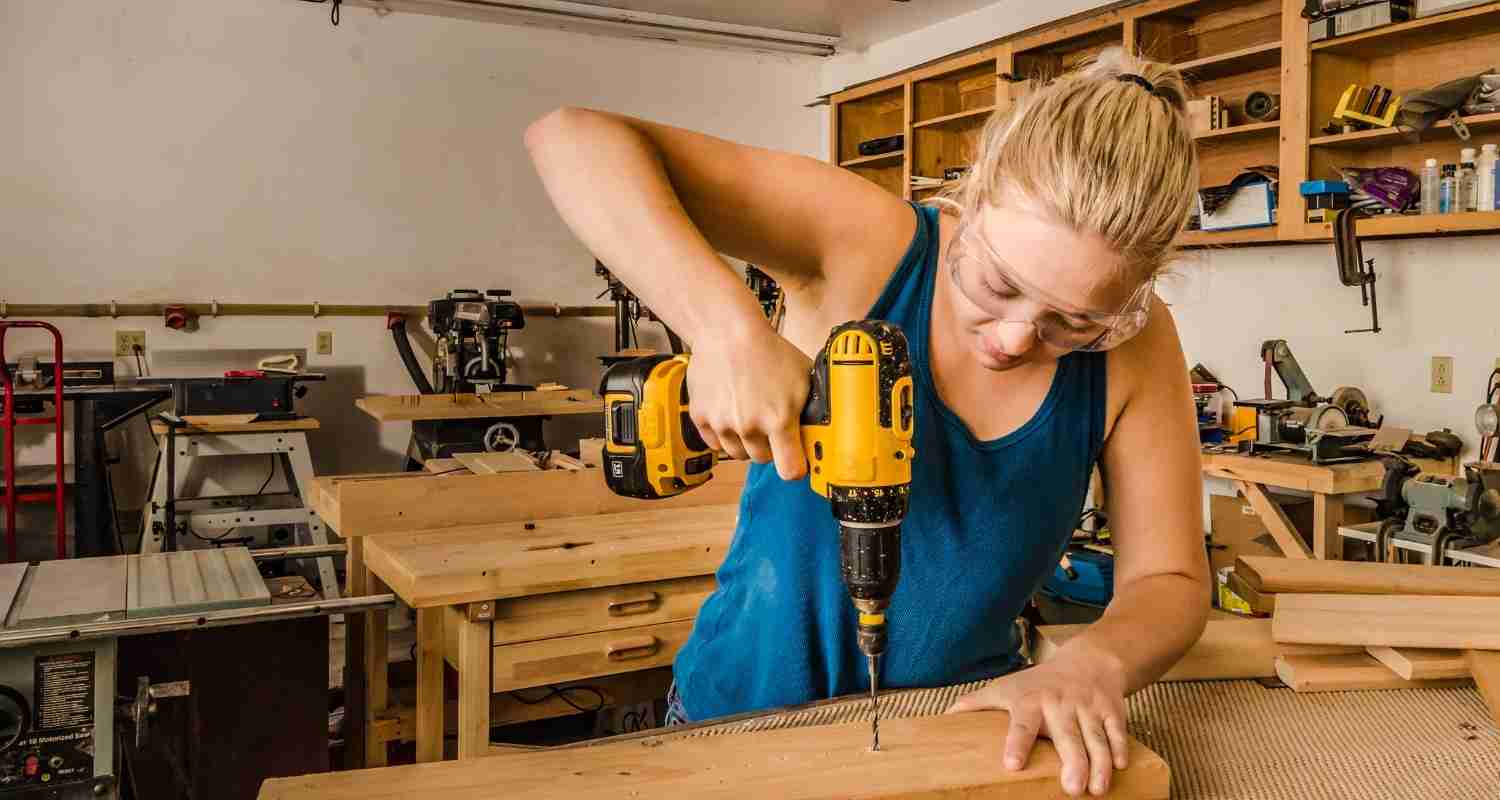Used working tools could be a good fit for you. However, it’s crucial to do your research to ensure the tools meet your needs and are in good working condition.
Using previously owned tools can be a cost-effective option for those who may not have the budget for brand new equipment or are looking to save money. However, it’s important to take a few precautions before making a purchase. You’ll want to thoroughly inspect the tool for any damage or wear and tear, ensuring it functions properly.
Purchasing from a reputable seller or source also minimizes the risk of purchasing a faulty or broken tool. With the right research and precautions, used working tools can be an excellent choice for the savvy buyer.

Credit: www.bobvila.com
The Importance Of Using The Right Tools
Using the right tools is crucial when it comes to productivity in any workplace. The importance of using good quality tools cannot be overstated, as substandard tools can impact output and efficiency. Working with the right tools makes work easier, faster, and more efficient.
With good quality tools, you can avoid redoing your work since they rarely break and last longer. Cheap or used tools lead to downtime, repairs, and additional expense. They may not work as well as they should or may not even function correctly.
Investing in good quality tools will not only save you money in the long run, but it will also streamline the work process, increase output, and ensure workforce safety.
Understanding Used Working Tools
Used working tools can be a cost-effective option for those who want to save money. But what are used working tools exactly? They’re tools that have been previously owned or used, and can often be found at significantly lower prices than brand new ones.
However, purchasing used tools comes with risks. You need to be able to identify if a used working tool is still in good condition. If you’re not an expert, bring someone who is with you when you buy. Also, carefully examine the tool for any wear and tear before purchasing it.
While you might save money purchasing a used tool, it is important to consider the cost implications of purchasing brand new tools compared to used ones. Be smart when making your purchase.
Can You Trust Used Working Tools?
Purchasing used working tools can save you money, but it’s essential to consider a few factors before making the investment. First, assess the tool’s durability to ensure it can perform as required. Look for signs of wear and tear or damage that may impact its functionality.
Additionally, it’s crucial to take advantage of warranties or guarantees to protect yourself against unexpected issues. Don’t forget to research the tool’s brand and model to get an idea of what kind of lifespan you can expect. While buying used tools can be a smart way to cut costs, it’s critical to do your due diligence to ensure you’re getting a quality piece of equipment that can do the job right.
Making The Decision To Purchase Used Working Tools
Used working tools can be an economical option for those on a tight budget. The financial benefits of purchasing used working tools are clear, as you can save a significant amount compared to buying new equipment. However, before making a purchase decision, it is important to determine if a used working tool is the right choice for your specific needs.
Consider factors such as the condition of the tool, its age, and any potential issues or repairs it may need. It’s also important to weigh the possible drawbacks of purchasing used working tools, such as a shorter lifespan and lack of warranty.
Ultimately, the decision to purchase used working tools rests on individual circumstances and the specific tool needed. With careful consideration, used working tools can be an effective and efficient choice for your business or personal use.
Finding Quality Used Working Tools
Quality used working tools can save you a lot of money without sacrificing quality. Reliable vendors for used tools can be found through online retailers, equipment auctions, and local classifieds. Before making a purchase, assess the reputation of the vendor by checking reviews and ratings.
If purchasing online, take precautions such as checking for secure payment options and verifying the condition of the tool with clear, detailed pictures. If purchasing in-store, test the tool for functionality and inspect it for any signs of excessive wear and tear.
With careful consideration, purchasing used working tools can be a great option for those on a tight budget.
Frequently Asked Questions Of Will Used Working Tools Work For You?
Can Used Working Tools Be Reliable And Long-Lasting?
Yes, they can! If the tools are properly taken care of and maintained, they can still be very effective for a long time.
Is It Cost-Effective To Buy Used Working Tools?
Yes, it’s a smart decision that can allow you to save a considerable amount of money while still obtaining durable and efficient tools.
Are There Any Risks Involved In Purchasing Used Working Tools?
There can be, but as long as you purchase from reputable sellers and inspect the tools for any potential issues, the risks can be minimized.
How Do I Know If The Used Tools Are In Good Condition?
Inspect the tools for wear and tear, perform any necessary testing, and ask the seller for details on their history and usage.
Where Can I Find Reliable Sellers Of Used Working Tools?
Online marketplaces like ebay and craigslist can be good places to start, but you should also consider local hardware stores, pawn shops, and estate sales.
Conclusion
After all the discussion, it’s safe to say that used working tools can indeed work for you. But before making any purchase, always consider the type of tool you need, the condition of the tool, and the price. Determine if the tool is still functional and assess if the price is reasonable.
Moreover, always buy from reputable sellers to ensure that you get what you paid for. Used tools can also be an excellent option for those who are starting small or those who want to save money. Recycled tools may not always look new, but the quality of the work it produces does not reflect its appearance.
With proper care and maintenance, your used tools can last for a substantial amount of time and can give you the results that you need. The key is to know what you’re looking for and where to look for it.
Happy tool hunting!
